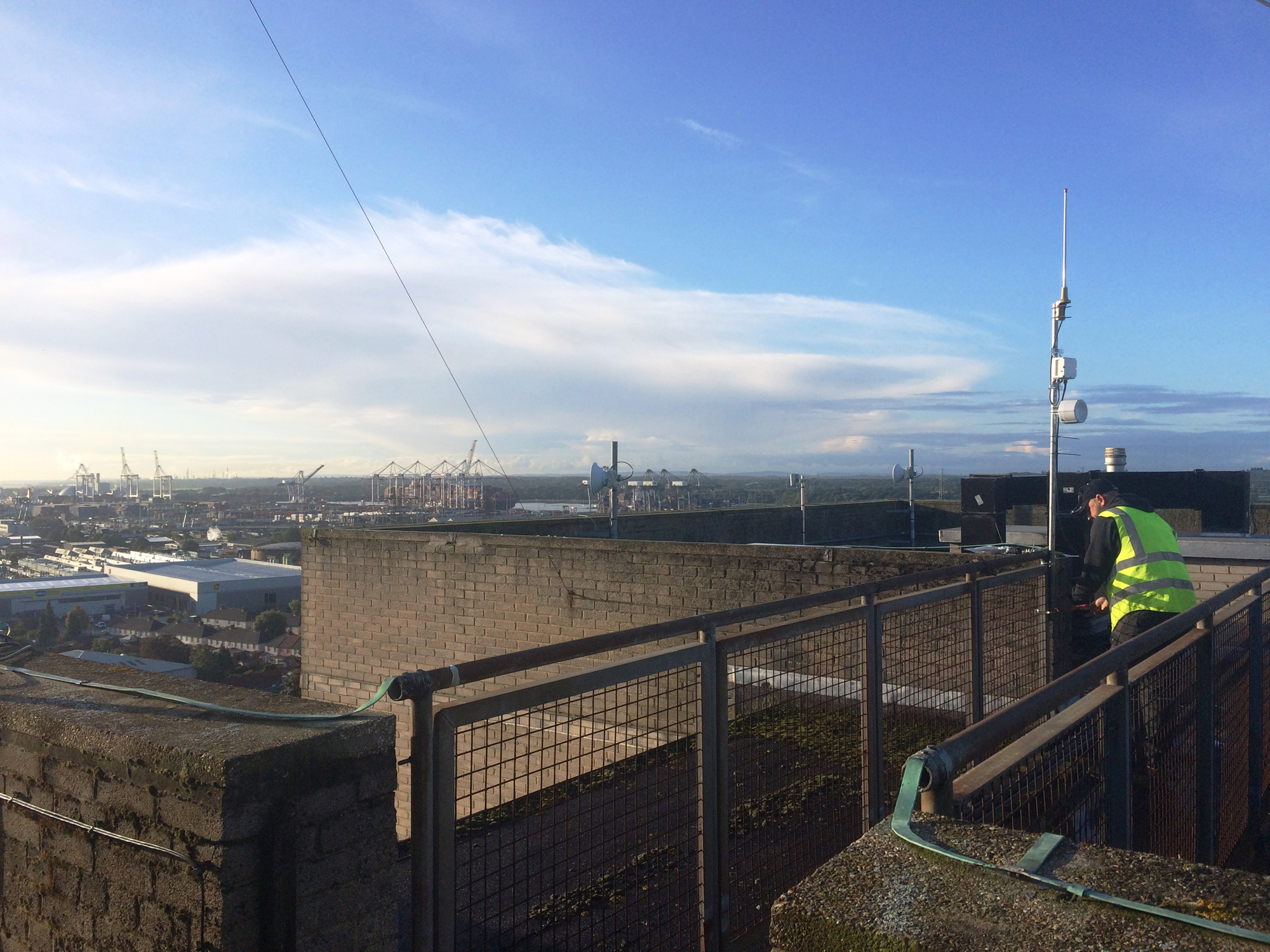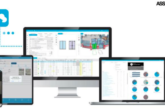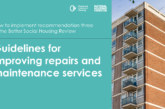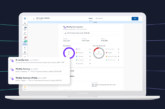
Southampton City Council has become the first local authority in the country to host a city-wide commercial network for ‘internet of things’ (IoT) devices with coverage across the whole city, providing service maintenance support to social housing in the city.
The city council has worked with a Hampshire business, Barter4Things, to host a commercially available IoT network connecting the entire city to a network of nine aerial sites on council-owned tower blocks in the city.
Sensors are being used to monitor a range of building indicators, so that building maintenance can be delivered proactively instead of reactively. A pilot of this technology is currently underway, trialling the monitoring of:
- Water temperature and quality to safeguard against health risks
- Fire doors to ensure that they are safely closed
- Smoke alarms to detect any faults or tampering
The internet of things (IoT) technology allows low-powered long-life sensors to monitor and send information to organisations and businesses, with major savings in maintenance and supervision costs. Because the sensors have low power needs they do not need mains connections and domestic batteries can be used to power them, which will not require replacement for several years. This is a major advantage over the power requirements of wired systems or mobile network/WiFi-based devices.
Mark Bradbury, Associate Director Capital Assets at Southampton City Council, said: “This technology is capable of delivering benefits to our tenants by improving the service they receive. This is a critical development for the city’s technology infrastructure and asset management as these sensors can be designed to check all manner of conditions within buildings including monitoring environmental measurements without necessitating a physical visit.
“There’s the potential for huge savings in not having to gather this information manually through site inspections and we are confident that other organisations with assets across the city will have similar potential. We will also look to pilot a range other ways we can use this technology to improve the efficiency of our services over the next few months”.








